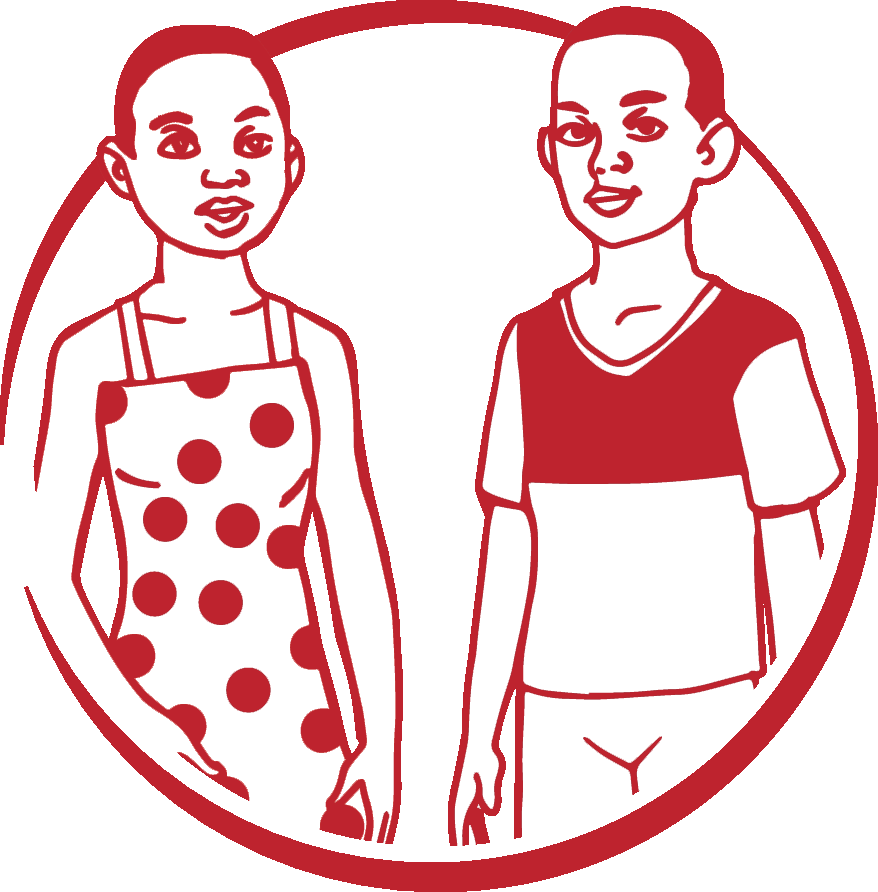Determine the Sexual and Reproductive Health Problem
Part 2 > Essential Element 1 > Determine the Sexual and Reproductive Health Problem
Globally, there are a number of common problems that impact the SRH of urban adolescents, including unintended pregnancy, HIV and other STIs, maternal mortality, gender-based violence and unsafe abortion.
The first step in designing your SBCC program is to determine the SRH problem you want to work to correct. In many cases, you may already know what problem you want to address. You may have determined this through your commitments to a donor or through a strategic planning process.
If you have not yet determined the SRH problem for urban adolescents in your community that you want to work on, research can help you. You can use these questions (additional questions can be found in the Resources section for this Essential Element):
- What are the SRH problems that the majority of urban adolescents in your community face?
- Of the SRH problems that urban adolescents face, which can you address most easily?
- What are the SRH problems that receive less attention, where your organization could make a strong impact?
- What are the SRH problems that people (particularly young people) in the community have identified as most important to tackle?
- Which SRH problems has your country committed to tackling?


